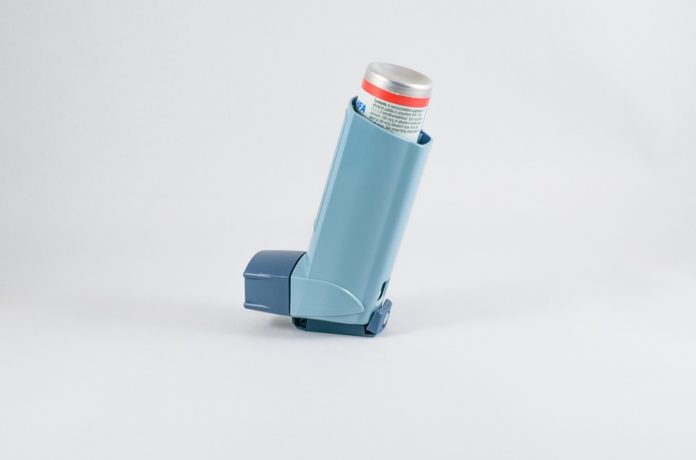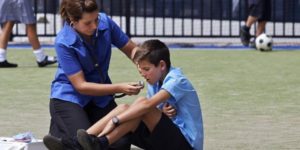
A friend with asthma once told me the best way to describe the feeling is like getting the wind knocked out of you. With two brothers and some pretty rowdy friends growing up, I remember that feeling.
In Minnesota there are about 393,000 people that have asthma. Asthma is a chronic disease that can cause airway swelling, hyper-responsive or “twitchy” airways. 1 in 16 children, and 1 in 13 adults have asthma; 6.4% and 7.4% of their groups respectively. In children it is estimated that one in 10 middle school and high school students have asthma which is about 10.6%.
In 2015, 61 people died from asthma, including two people under the age of 18. In 2014 there were 21,800 emergency department visits, and 3,400 hospitalizations for asthma across Minnesota.
There are some pretty interesting numbers that show large differences in hospitalization and emergency department visits based on the region of the state someone lives in. When looking at children living in the Twin Cities metro area, there is a 67% higher rate of hospitalization for asthma than those that live in rural areas. When it comes to emergency department visits, children in the metro are almost twice as high. And there are certain zip codes in Minneapolis whose rates are four times higher that the statewide rate.
The total economic cost of asthma to the state of Minnesota is staggering. It is estimated that the total cost of asthma in 2014 was $669.3 million; this was $614.9 million in direct medical expenses and $54.3 million in lost work days.
(Above information from Minnesota Department of Health Asthma Program Quick Facts)

The Minnesota State High School League has joined the Minnesota Department of Health’s asthma program to launch an online training module that teaches coaches about asthma symptoms and how to respond if a student athlete has an asthma attack.
This training is being required by the high school league for all 22,000 Minnesota high school coaches that work with student athletes in grades 10-12. All coaches will have to complete the online module prior to being able to coach their 2017-2018 sports season. This is being required to ensure the safety of student athletes. This point was hammered home by The chair of the league’s Sports Medicine Advisory Committee, Dr. William Roberts who said, “One of the most important responsibilities of high school coaches is to ensure the safety of their athletes. The league plays a critical role in this by providing training at regular intervals to be sure that these coaches are well-equipped for their roles as leaders.”
Every year there are about 300,000 children in Minnesota that participate in league-sponsored athletic programs. With one in 6 children having asthma this would mean on a team of 20, three are likely to have some sort of history with asthma. It was found in a survey done by the Minnesota Department of Health that 58% of students in Minnesota middle and high schools that have asthma participate in a club, community, and/or school sports team. This is compared to 57% of youth who don’t have asthma.
This training may only be required for coaches of 10, 11, and 12th graders but Dr. Ed Ehlinger the Minnesota Health Commissioner said, “We encourage anyone who works with youth or children to learn the signs and symptoms of asthma.” The module “Athletes and Asthma: The Coach’s Role” was live on July 1 and can be found on the league’s coach’s portal. The module teaches about real-life issues related to asthma and how to help student athletes control their asthma. The module uses animation, videos, and interactions to teach the coaches.
More information about the training can be found at the Minnesota High School Coaches Asthma Training site and the Minnesota Department of Health’s Asthma Program site.
















